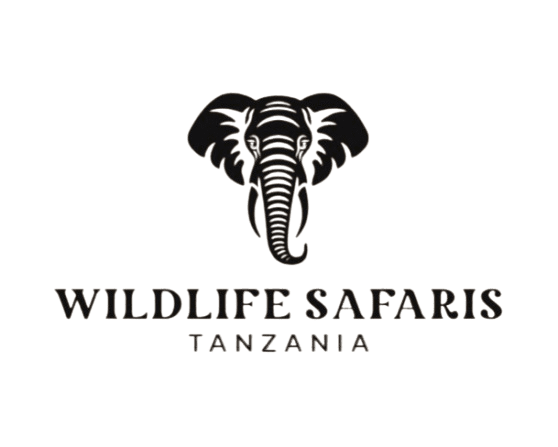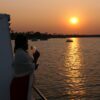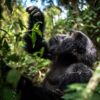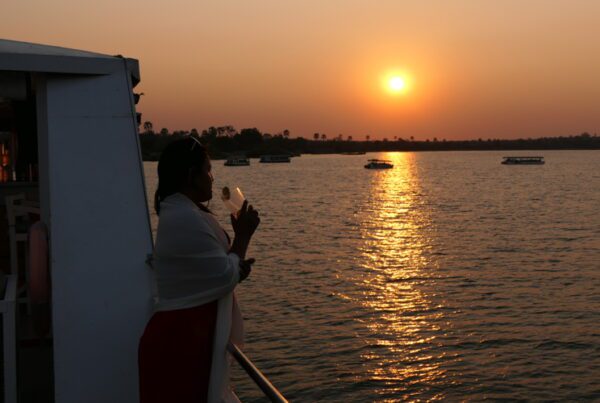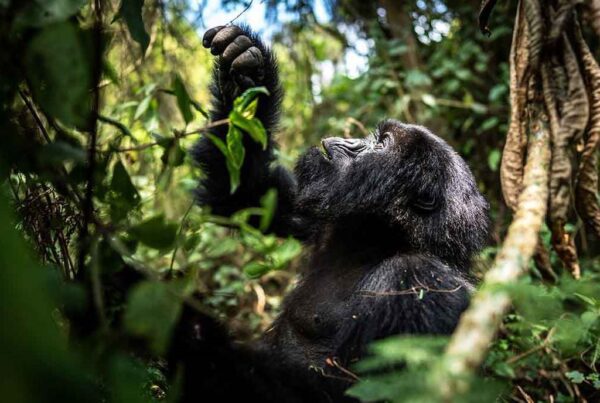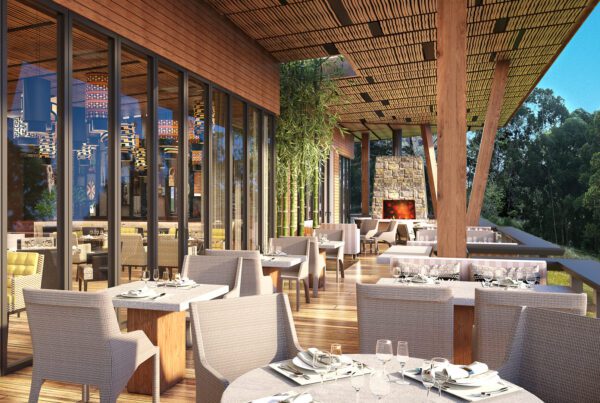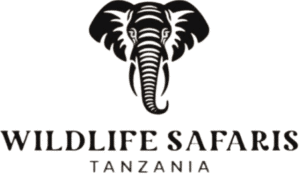Climbing Tours in Tanzania
For animal lovers, the Serengeti and Ngorongoro Crater are top destinations, and there’s a good reason for that – yes, the Great Migration and the most sought-after Big Five. But for climbers, Mount Kilimanjaro tops the list. And there’s a misconception that Tanzania has no great mountains other than Kilimanjaro. We are here to address this. In this article, we’ll talk about climbing trips in Tanzania, not just Kilimanjaro but also other little-known peaks. Let’s explore.
What’s a climbing tour?
This usually involves trekking through several forest zones to a summit. Most climbing tours are guided, especially with the support team of porters and cooks. Do you want to trek alone? Worry not, it is possible to trek without a guide. Tanzania has the best mountains, perfect for climbing. Here are the top mountains where people always go for climbing safaris.
Mount Kilimanjaro.
In Northern Tanzania near the Kenyan border lies Africa’s roof, Mount Kilimanjaro. This massive, dormant volcano rises 19,341 feet (5,895 meters) above sea level. Climbing Kilimanjaro is no easy feat; it’s an accomplishment worth a champagne toast. The climb itself is not technically difficult, but for many it’s a challenging feat. And to a surprise, stats show that roughly half of climbers do not conquer Uhuru Peak, the topmost tip of this wonderful mountain.
So, where do you start? We recommend you begin by picking the right operator. With loads of agents out there, experience is crucial for choosing the best climbing agent. Those who have been in the game often offer beyond-the-obvious climbing experience. (We claim to be one of the seasoned climbing tour operators.)
The next stage is picking the right route for you. Here, we’ll ask you a few questions before recommending a route for you. These questions may be related to your prior experience in high altitudes, the duration of your holiday, and your budget. For example, we recommend Marangu, Machame, and Rongai for beginners because they’re short and have a gentle inclination.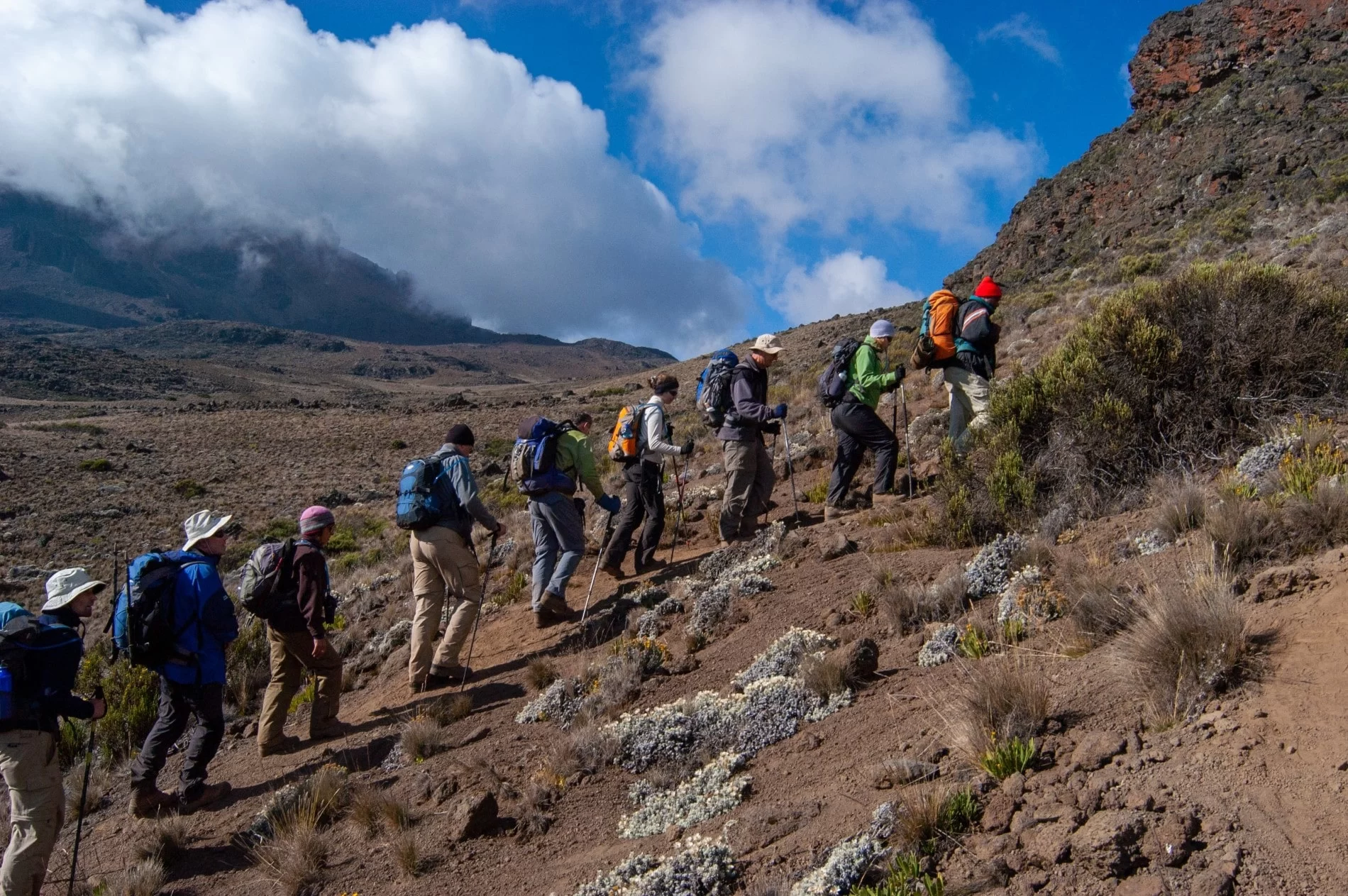
For pro climbers, Umbwe and Northern Circuit are the best routes. Keep in mind that the Northern Circuit is long, hence suitable for those willing to spend a long time on the mountain. Long time on the mountain means high rates.
Then, when should you climb Mount Kilimanjaro? Obviously, climbing is possible all year round. However, for safety and comfort, you should avoid wet months, that is, November, April, and May. Kilimanjaro is always very busy and crowded in the peak season, from June to October. But due to favorable conditions like dry weather and clear skies, many people prefer climbing during this month. Our pro tip: climbing is at its peak in July and August. You can simply avoid these months and plan your trip in June, September, November, January, and February.
Mount Meru.
Standing at about 70 km (43 miles) from the foot of Kilimanjaro is Tanzania’s second-highest peak, and Africa’s fifth-highest peak, Mount Meru. It offers a challenging hike, and some people refer to it as a ‘little brother’ of Kilimanjaro. Towering to 4,566 meters (14,980 ft) asl, takes 4 days to complete the hike. Since the hike is short and more direct, we highly recommend it for beginners – those who haven’t been on high altitudes before attempting Kilimanjaro.
The first camp, Miriakamba Hut, lies at 2,514 meters (8,248 ft), while the second, Saddle Hut, is nestled as high as 3,570 meters (11,712 ft). Meru hike starts in the lower forest slopes, where animals like elephants, buffalo, zebras, and wildebeest are common. On the second day, you ascend through a more direct trail to the second camp. The third day will be a summit day. You will approach the Socialist Peak (4,566m) in the morning and descend to the Miriakamba Hut. Finally, you will finish the descent from Miriakamba to the Momella Gate, then to Arusha.
For safety and comfort, plan your Meru hike from June to October or January to March. This mountain doesn’t get traffic throughout the year. Which means you’ll enjoy hiking without the crowd. In addition, Meru has one, but a more developed trekking route with huts.
Ol Doinyo Lengai.
Neighboring Lake Natron and the Ngorongoro Conservation Area is our little, peculiar tower, Ol Doinyo Lengai. It is tall enough to battle Kilimanjaro or Meru, but it has some unique features you won’t find in these two peaks. First, the Maasai called it the “Mount of God.” And it has been considered a sacred place for so long. Second, it’s the only active volcano that releases carbonatite lava.
The eruption isn’t serious enough to harm climbers. Still, hikers usually make a strenuous night climb, aiming to witness wet, cold lava at the top. After you’ve reached the top, you can rest on the rim of its top crater. From there, you can view Lake Natron and even Kilimanjaro.
The bottom line.
And there’s more than that. You can attempt the Eastern Arc blocks like Usambara, Uluguru, Pare, and Rungwe, or standalone peaks like Mount Hanang. Not to mention the Mahale Mountains on the shores of Lake Tanganyika. No matter what kind of a hike you want to embark on, we’ll be there to guide you.
